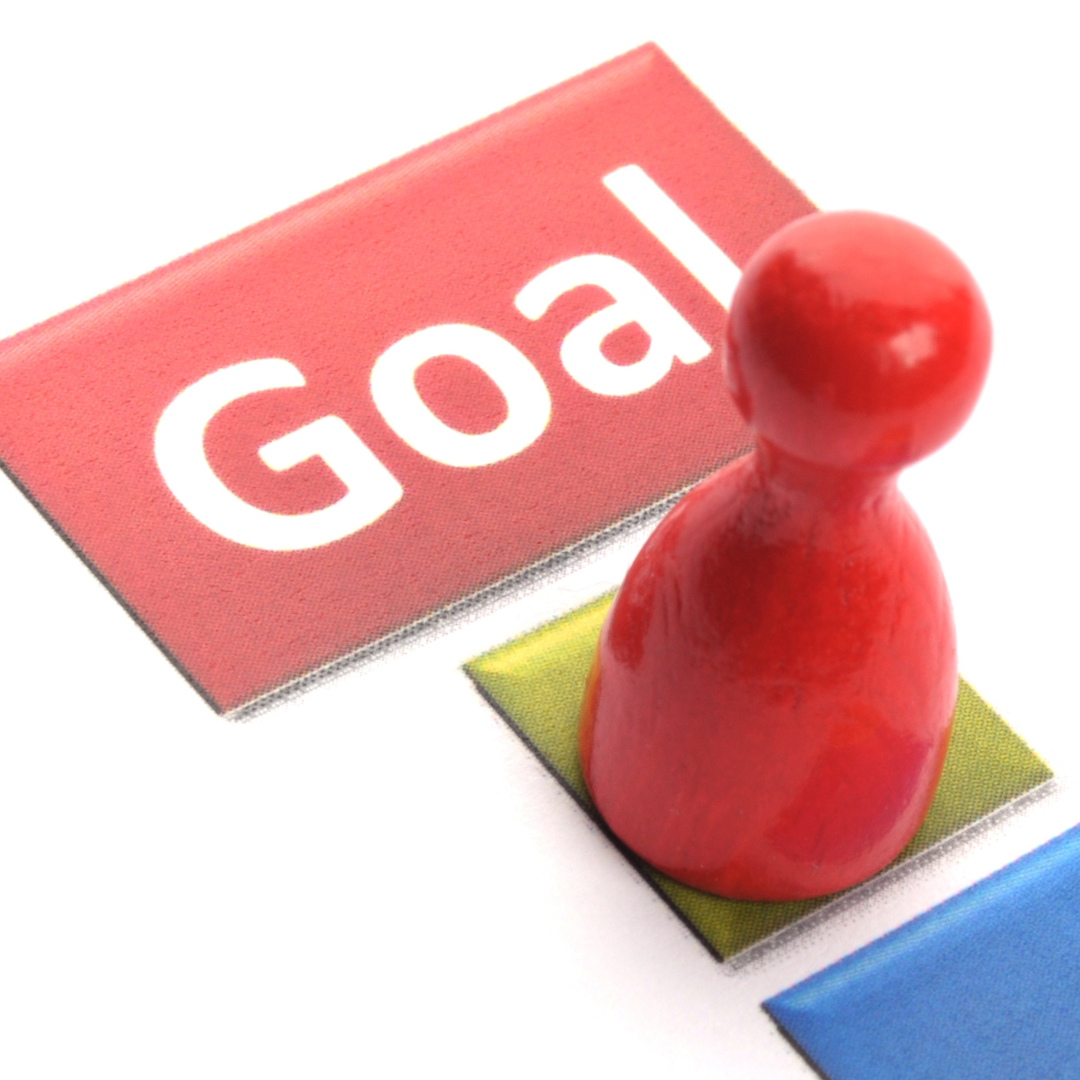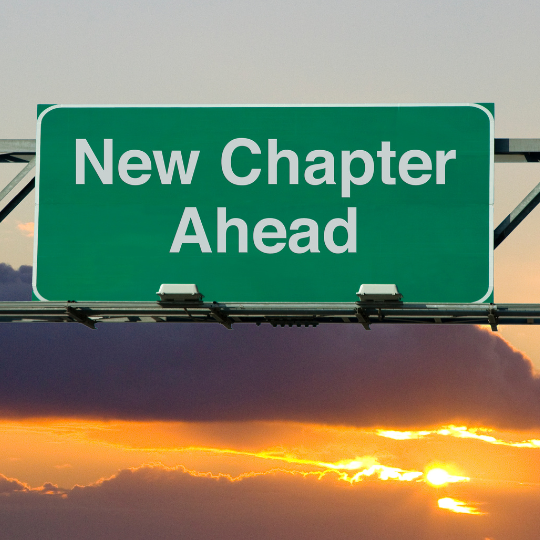Meditation – Focusing Your Intention
 I discovered meditation over 30 years ago after reading a book by Ram Dass entitled Journey of Awakening: A Meditator’s Guidebook. I bought the very first pressing of this book back in, oh, something like 1978. For me, it was a huge eye-opener to the idea that there was a lot more available for us to experience; we just have to open ourself up to the possibility. The perfect vehicle to this opening is meditation.
I discovered meditation over 30 years ago after reading a book by Ram Dass entitled Journey of Awakening: A Meditator’s Guidebook. I bought the very first pressing of this book back in, oh, something like 1978. For me, it was a huge eye-opener to the idea that there was a lot more available for us to experience; we just have to open ourself up to the possibility. The perfect vehicle to this opening is meditation.
I consider meditation to be one of the most important practices of my daily life. In the clarity of 20-20 hindsight, I can say with certainty that I have only suffered from stress and the inability to solve life’s problems during times when I have foregone my meditation practice for extended periods. Typically, I’ll have an extended busy period that leads me away from my practice. New habits will form and – poof – no more meditation.
All of a sudden, a reminder will come, usually in the form of some crisis, that I’ve been remiss in my meditation. With a return to the practice of meditation, my problems get resolved. Usually, they get resolved with great ease and virtually no stress whatsoever.
This is a lesson that I seem to have to learn over and over and over again. 🙂
Lately, I’ve been doing more and more healing work, so I’ve had the benefit of regular meditation. For those of you who have not enjoyed a session with me yet, pretty much all of my work is now done from a meditative space. As my healing work has moved away from mechanical processes and more toward pure intention, I find myself meditating some days for many hours at a time.
From the perspective of intention and intentional living, meditation is an invaluable tool. The stillness of meditation creates the perfect source from which to birth your dreams. The idea is to focus clearly on what you want to create just as you begin your meditation. This focus will then flit in and out of your consciousness as you go through the motions of your practice.
Meditation follows many forms. There are walking meditations and sitting meditations. T’ai Chi and QiGong could quite acceptably be considered to be meditation practices. All share the same basis of focusing on stillness of mind, usually with focused application of breathing. This focus on breathing occupies the Critical Factor of the conscious mind and allows a more direct interaction between the conscious and subconscious mind.
Our thoughts always move toward creating our reality, but within the stillness of a purposeful, meditative state, we unleash our potential to create. Our thoughts are distilled and purified and because of this, the time it takes for us to manifest change is dramatically reduced. Moreover, our life changes are directed. We are in control.
That last sentence needs to be clarified a bit, I think. For the record, we’re always in control; we just don’t actively move through life in the recognition of this fact. This can cause us to float aimlessly from situation to situation without us being cognisant of how we drew ourselves into those situations. From a meditative space, our thoughts are directed. As such, there is no aimless floating.
I realize that the concepts are somewhat nebulous, so I encourage you to explore both meditation and directed thinking in a very detached and playful manner. Try it from a simple “let’s just see what happens” perspective.
If you’re not accustomed to meditating, just sit comfortably and concentrate on your breathing. As you do, let your thoughts move back and forth between your breathing and some desired outcome. Start off with something easy and believable for you. It could be anything at all. When thinking about it, work from a perspective of seeing what you want already accomplished. It’s a done deal, and now you’re just lounging in the enjoyment of it. Follow the breath. Follow the thought.
Sometime in the not-too-distant future, you’ll experience a real event that will very closely match the experience you had in your meditation. That should give you the confidence to work with all manner of other areas of your life.
The possibilities are limitless. As are you~!




December 13, 2011 at 9:32 am
Suryanarayana Chennapragada
I agree that ‘Focusing on breathing’ is a simple and doable technique to reduce the wandering of the mind before and during the meditation. After a few months of this practice, the mind becomes remarkably more obedient. I found that the focus on breathing can be dramatically enhanced by using the fingers tips to track the breaths as described below –
**** “Touch the tip of the thumb to the tip of the little finger and breathe three times. Repeat this at each of the tips of the next three fingers. At the thumb, place the tip of the index finger at the base of the thumb and breathe three times. Then switch to the other hand and repeat the same practice. Continue this practice switching the hands.****
I have been using different modes of ‘focusing on breathing’ throughout the day and during the initial part of my daily meditation of at least an hour, for the last 10 years and happy about the results. I count my breaths in sets of three initially and when the mind becomes less distracted, I switch to my mantra. At the end of the meditation I feel like I got back a completely renovated mind and body.
For five other modes of ‘focusing on breathing’ please visit this page http://countingbreaths.com/fob/relax/how-can-i-do-it/